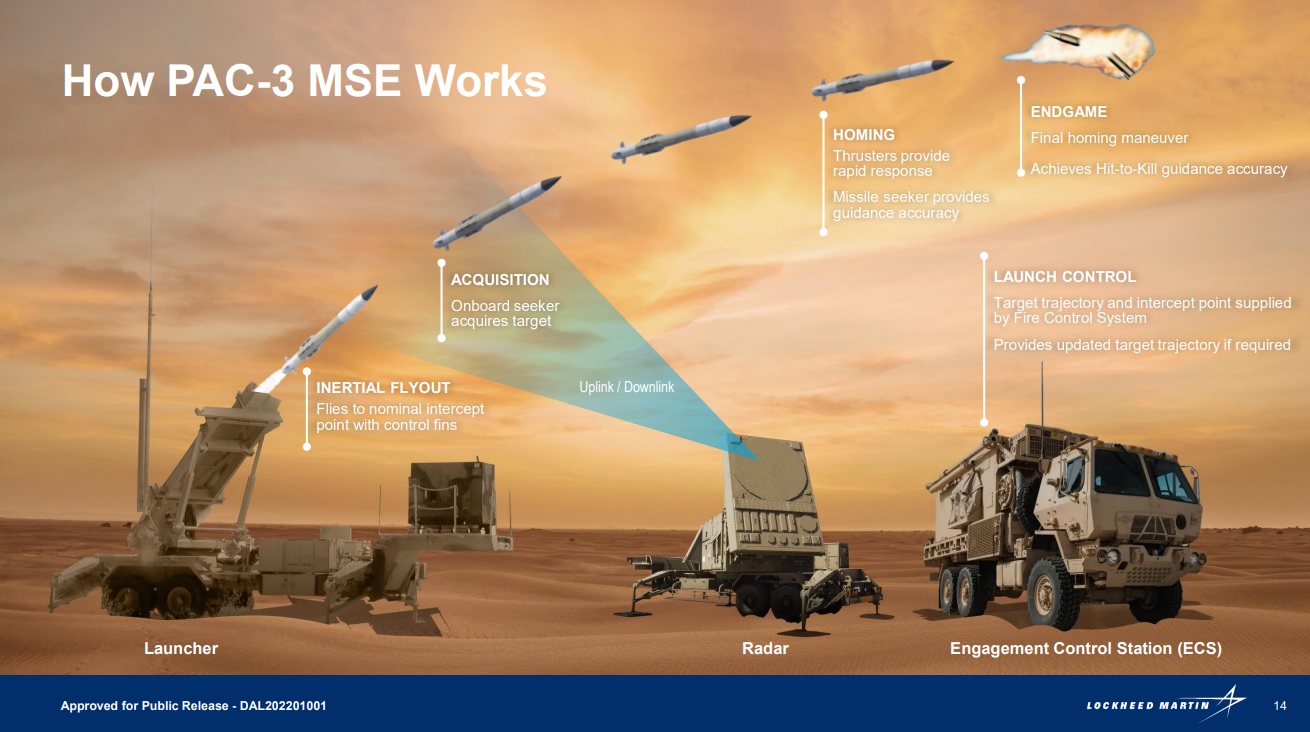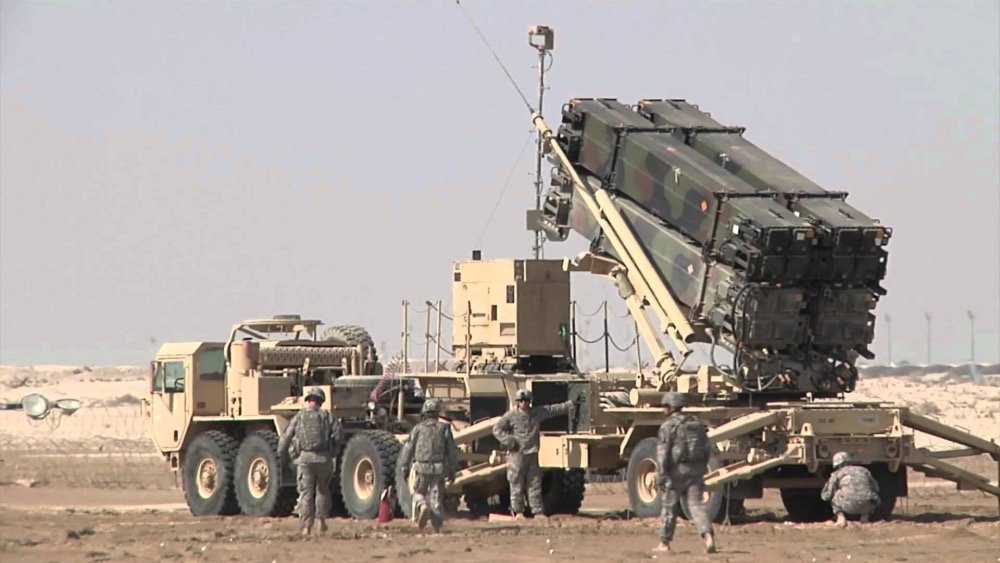Israel is set to bid farewell to its aging Patriot missile defense systems in the coming months, replacing them with more advanced air defense systems, including the Iron Dome, according to an Israeli military announcement on April 30.
Times of Israel, citing an article published on April 30 on the Israeli military’s website, reported that the IAF revealed plans to decommission the Patriot systems, known in the Israeli Air Force (IAF) as Yahalom, Hebrew for “diamond,” within the next two months.
The decision follows the IAF’s announcement in February about closing several Patriot batteries. Personnel are now being trained to operate the Iron Dome instead.
“We are currently in the process of reducing the [number of] batteries until the entire system is closed,” stated the head of the Aerial Defense Array’s 138th Battalion, which operates the Patriot system, emphasizing the transition towards more advanced defense mechanisms.
The Israeli military noted the necessity to enhance defense capabilities, citing advances in air defense technology as the driving force behind the decision.
“We realized that we need to move forward and improve our defense methods. The innovations in the [air defense] array bring a better operational and maintenance response,” explained the battalion commander.
The Iron Dome, serving as the lowest layer of Israel’s multi-tiered air defense system, has proven its efficacy since its deployment in 2011, successfully intercepting tens of thousands of rockets, mortars, and drones launched at Israel.
Sitting in the middle tier is the David’s Sling system, a joint venture between Israel’s Rafael Advanced Defense System and US defense giant Raytheon.
Designed to intercept medium-range projectiles, David’s Sling employs Stunner and SkyCeptor kinetic hit-to-kill interceptors, which can neutralize threats up to 186 miles away.
Further enhancing Israel’s air defense capabilities are the Arrow 2 and Arrow 3 systems, developed jointly with the United States. The Arrow 2, equipped with fragmentation warheads, intercepts incoming ballistic missiles in their terminal phase, effectively neutralizing threats in the upper atmosphere with a range of 56 miles and a maximum altitude of 32 miles.
The Arrow 3, on the other hand, utilizes hit-to-kill technology to intercept ballistic missiles in space before they reenter the atmosphere, providing a critical line of defense against long-range threats.

Operational History Of The Israeli Patriot System
Israel has made substantial advances in fortifying its air defense systems and offensive capabilities. However, it took several decades to establish such a comprehensive, multi-layered air defense system.
During the 1991 Persian Gulf War, Iraq, under Saddam Hussein, launched multiple Scud missiles at major Israeli cities, including Tel Aviv, for several weeks.
Israeli citizens, fearing potential chemical attacks, stocked up on gas masks. Despite the widespread concern, Saddam did not use chemical weapons, and the attacks resulted in 13 Israeli fatalities from conventional strikes.
To reassure Israel and prevent potential retaliation that could destabilize the coalition against Iraq, the United States deployed Patriot missile systems. However, these systems proved largely ineffective against the Iraqi Scuds.
In 1991, the US-manufactured Patriot system was also officially incorporated into Israeli service. However, it wasn’t until 2014 that it recorded its initial successful interception, taking down a Hamas drone originating from Gaza.

Over the next decade, it intercepted only about 10 targets, including Syrian fighter jets violating Israeli airspace in 2014 and 2018. Overall, the system has fallen short of expectations multiple times, failing to successfully intercept numerous targets, notably during the Gulf War.
Even in the ongoing conflict in the Gaza Strip, the Patriot system faced criticism for its shortcomings, particularly in its tendency to mistakenly identify targets, leading to unnecessary deployments.
Nonetheless, compared to older versions, newer Patriot systems have demonstrated increased effectiveness, particularly in intercepting ballistic missiles, as evidenced in Ukraine.
Meanwhile, the report from The Times of Israel does not discuss the subsequent actions for the Patriot batteries once they are placed in storage. Presently, Ukraine is looking to acquire the Patriot system for defense against Russian missiles.
It possesses only a small number of Patriots, along with other Western missile defense systems and Soviet-era surface-to-air missiles like the S-300.
Moreover, the Patriots are Ukraine’s most capable and expensive air defense systems, with each battery costing approximately $1 billion and each missile nearly $4 million.
In recent weeks, Germany has pledged an additional Patriot system, and its defense and foreign ministers have urged European counterparts to supply the available system to Kyiv.
- Contact the author at ashishmichel(at)gmail.com
- Follow EurAsian Times on Google News




